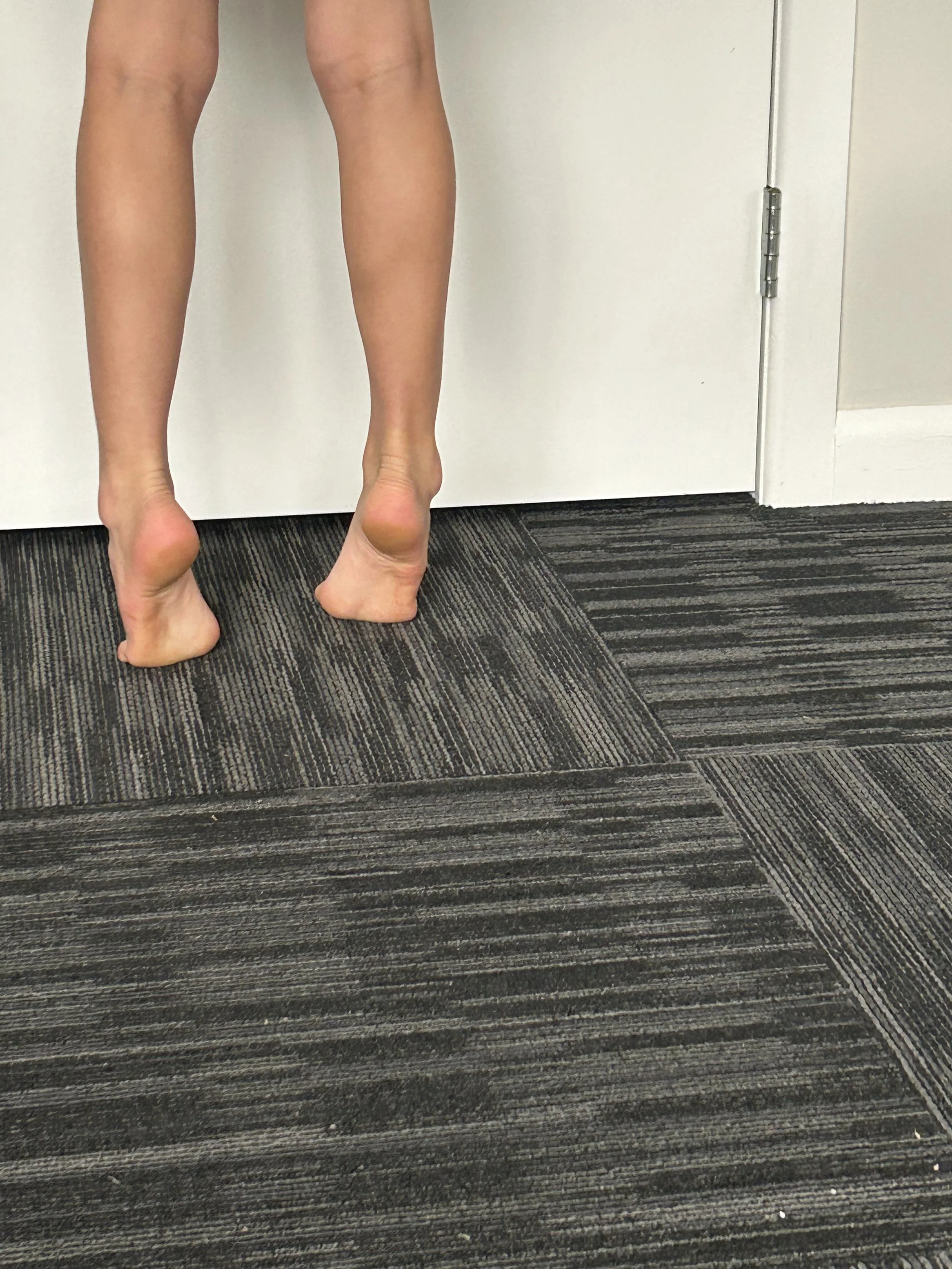“My Child’s Heels Hurt!” A Parent’s Guide to Calcaneal Apophysitis (Sever’s Disease)
If your child is complaining of sore heels—especially after sport, running, or jumping—you’re likely dealing with a very common issue in growing kids: calcaneal apophysitis, often called Sever’s disease.
Despite the scary name, it’s not a disease. It’s a condition that affects the growing part of the heel bone, and it needs careful management—particularly in active children.
What Is the Calcaneal Apophysis, and Why Is It Important?
The calcaneal apophysis
The calcaneus (heel bone) has a growth plate at the back of it, called the calcaneal apophysis. This is a secondary ossification centre that appears during childhood and allows the bone to grow while managing strong forces from the tendons that attach to it.
Two major structures connect here:
The Achilles tendon from the calf
The plantar fascia, which supports the arch of the foot
Because it’s both a growth site and a pressure point, the apophysis is under a lot of strain—especially in children who are active in running and jumping sports.
When Does It Develop and Fuse?
The calcaneal apophysis typically appears between the ages of 7 and 9 and progresses through five stages before it fully fuses, usually by the mid-teens. These stages were recently mapped out in a 2024 study of youth athletes:
Not present
Appears as small secondary centres (<50% of heel width)
Covers >50% of the heel
Begins to fuse—Achilles side first
Fully fused—pain not reported at this stage.
Interestingly, some kids develop heel pain early—even before the apophysis is fully formed—and not always on both sides at the same time. The pain can begin during any of the first four stages.
as their feet grow, sporting requirements increase and they are able to generate more power from longer levers it is like trying to run fast in a pair of flippers
Why Does It Hurt?
Calcaneal apophysitis is an overload condition. It happens when the load going through the heel is more than what the developing apophysis can handle. This can result from:
A recent growth spurt (it's like learning to run again with flippers on your feet!)
Sudden increases in training volume or intensity
Footwear that doesn’t support their sport demands
Poor biomechanics specific to their sport or movement patterns
Many people still believe it’s all about “tight calves” pulling on the heel—but recent research shows that this approach oversimplifies a complex problem.
Stretching Isn’t Always Helpful—and May Make It Worse
Traditionally, children with heel pain were prescribed calf stretches based on the idea that this would reduce the pulling (traction) of the Achilles on the heel. However, more recent insights—especially from tendon research—challenge this idea.
A 2025 clinical trial in the British Journal of Sports Medicine showed that for adult patients with insertional Achilles tendinopathy (pain where the tendon attaches to the bone), reducing compression through:
Stretching may prolong symptoms in some children
Heel lifts
Avoiding deep dorsiflexion (toes-up positions)
Removing calf stretches
led to better outcomes than protocols that included aggressive stretching.
This is particularly relevant for managing children with calcaneal apophysitis, where compression and load at the heel are the primary irritants. Stretching can increase compression at the heel—and may prolong symptoms in some children.
What Evidence-Based Treatments Are Effective?
A 2024 systematic review found that these approaches had a positive impact:
1. Load Management & Activity Modification
This doesn’t mean stopping sport, but adjusting the type, intensity, and frequency of activities that aggravate pain.
2. Heel Lifts & Supportive Footwear
These reduce compression at the apophysis and can immediately ease symptoms.
3. Sports-Specific Strengthening
Targeted strength training improves tendon capacity and movement control. Our team tailors this specifically to your child’s sport demands—whether it’s sprinting, jumping, or multidirectional movement.
4. Kinesio Taping & Orthotics
Taping can offload the heel during sport.
Custom orthotics may be useful when poor foot biomechanics are contributing to abnormal heel pressure.
Why Biomechanical Assessment Matters
Every sport demands something different from your child’s body. At Nurture Paediatrics, our sports-specific biomechanical assessments look closely at:
How your child runs, jumps, and moves during their sport
Load distribution through the heel and foot
Functional strength and control of the ankle, knee, and hip
Individual growth and maturation stages
This helps us design a personalised strengthening and recovery programme that not only manages their current pain but supports better performance and injury prevention long term.
Conclusion
Heel pain in growing children is common, but it’s never “just growing pains.” With the right care, support, and sport-specific planning, children can stay active while reducing pain and preventing long-term issues.
If your child is experiencing heel pain—especially if it’s affecting their ability to enjoy or participate in sport—it’s important to seek help from clinicians who understand paediatric growth, biomechanics, and sport demands.
Written by Mandy Meys
Paediatric Physiotherapist, Nurture Paediatrics




